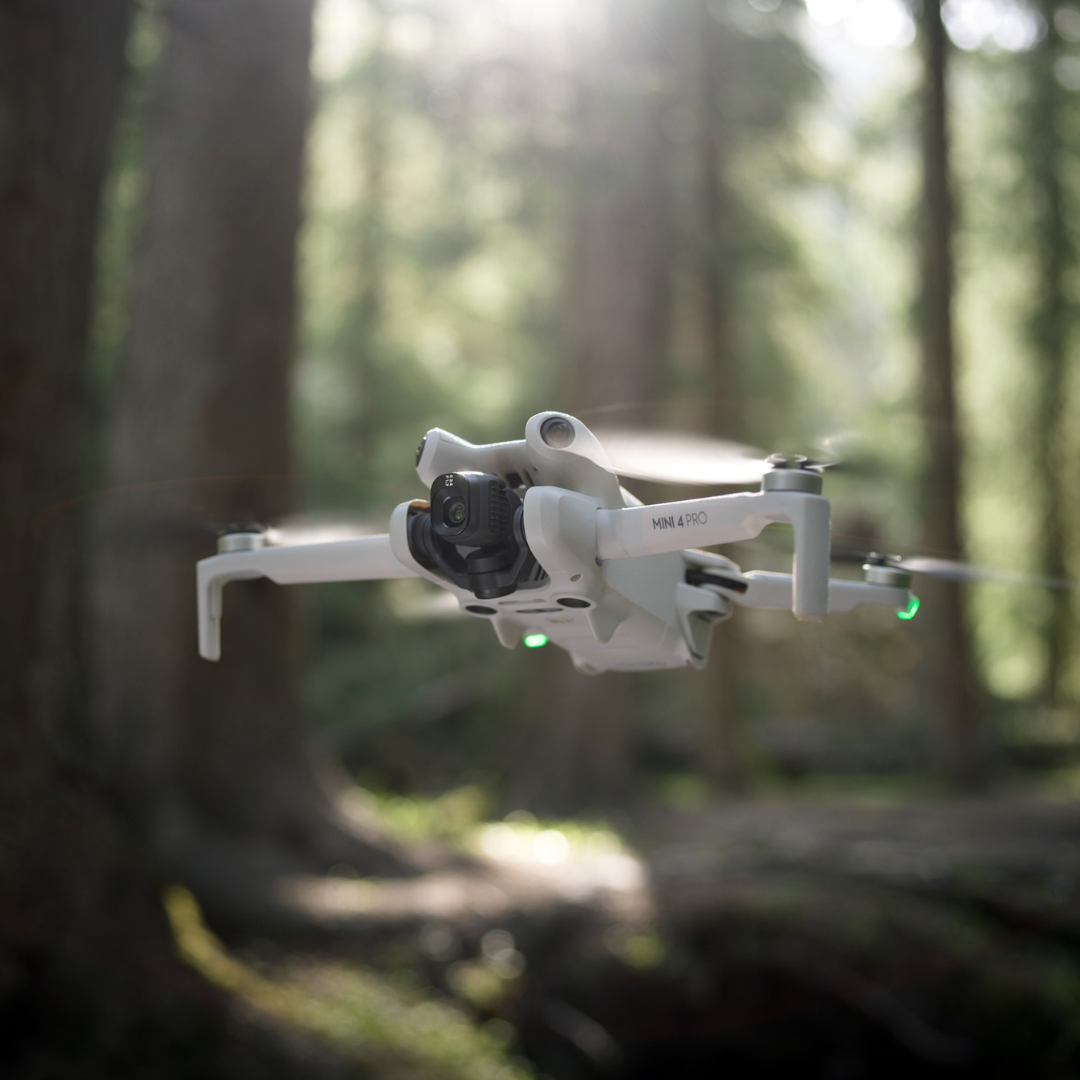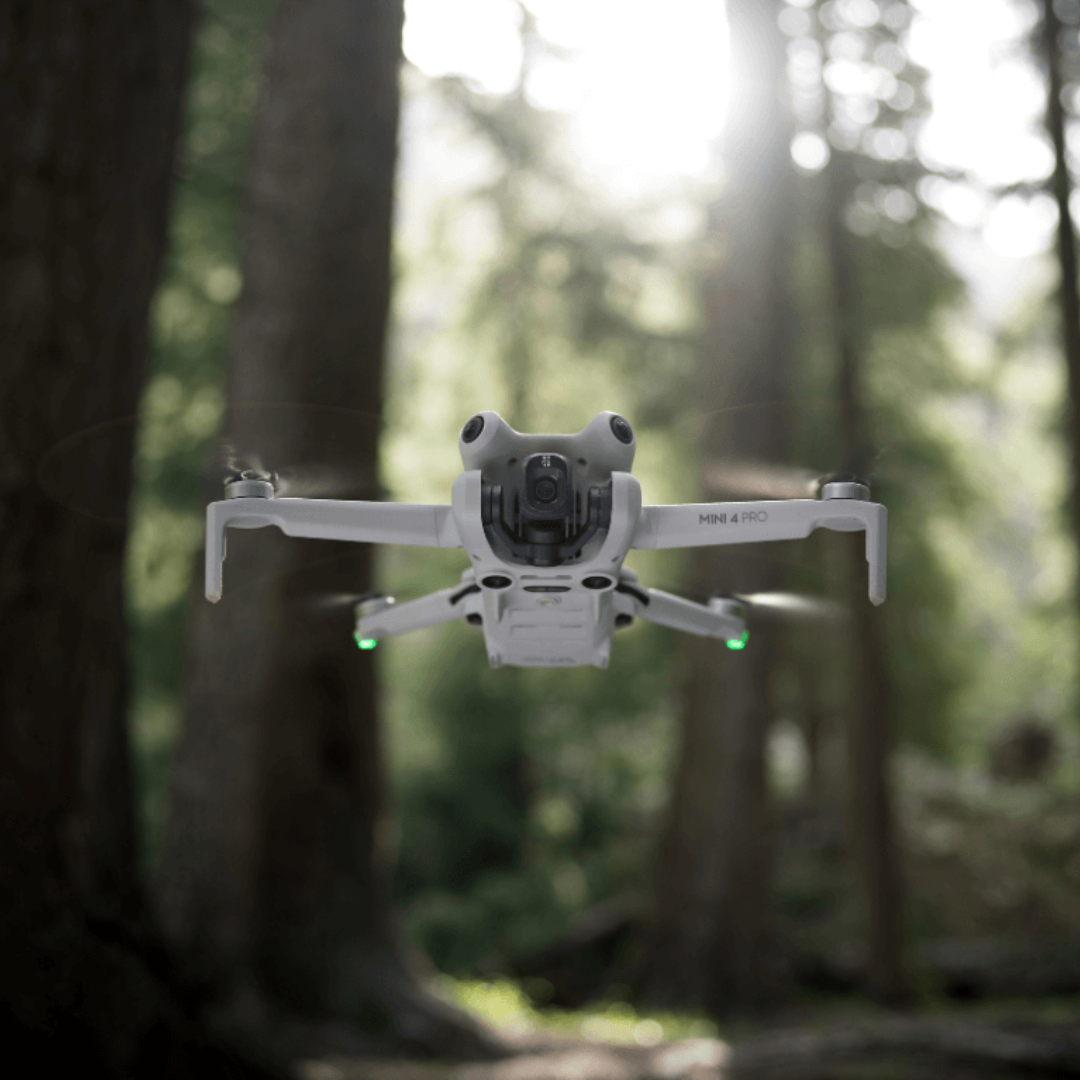DJI Mini Drones
Regulation-friendly sub 250g camera drones
Drones
Batteries & Charging
Accessories
Cases & Bags
Controllers
Goggles
Discover the DJI Mini Drone Collection at Heliguy
Powerful Performance in a Lightweight Package
Browse Heliguy’s DJI Mini Drone Collection, led by the DJI Mini 5 Pro – the most advanced sub-250g drone in its class.
Sub 250g mini drones are regulation-friendly and are great beginner drones. They are ideal for content creation on the go, and can also be used for some commercial applications.
DJI Mini 5 Pro delivers exceptional performance, including a 1-inch sensor and the ability to capture 4K/60fps HDR video and 4K/120fps slow-mo video. It features forward-facing LiDAR, nightscape omnidirectional obstacle avoidance for enhanced safety in low-light conditions, upgraded subject tracking, and can fly for up to 36 minutes.
Choose from the DJI Mini 5 Pro with DJI RC-N3 controller, or the DJI Mini 5 Pro Fly More Combo with DJI RC 2 smart controller and additional accessories.

Why choose Heliguy’s DJI Mini Drones Collection?
Capture more, carry less – fly smarter with mini drones
Elevate your drone experience with the DJI Mini 4 Pro – lightweight, powerful, and fully supported by Heliguy’s expert team.
Advanced tech in a compact frame: Enjoy flagship features like 4K video and omnidirectional obstacle sensing in a palm-sized drone.
Fly with fewer restrictions: Weighing under 250g, the Mini 4 Pro offers more flexible compliance in many regions.
Made for travel: Foldable and lightweight, it’s easy to pack and perfect for capturing moments on the go.
Reliable UK support: Purchase with confidence from Heliguy, a trusted DJI retailer with UK stock and fast delivery.
After-sales service you can count on: Get access to Heliguy’s in-house DJI Repair Centre and expert support team.
Heliguy’s Mini Drone Collection is the go-to choice for high-performance, ultra-portable flying – led by the advanced DJI Mini 4 Pro.
